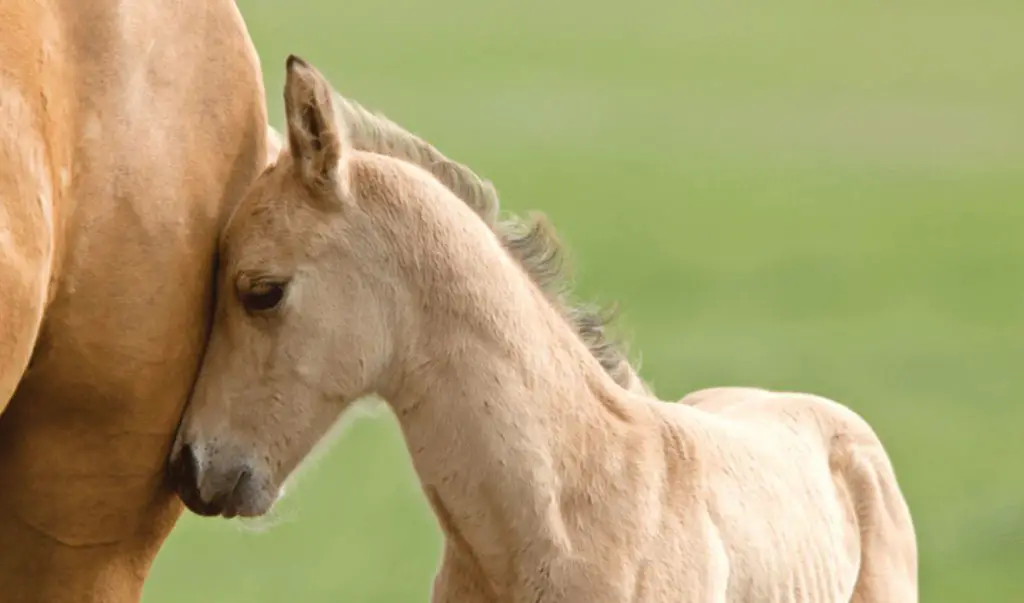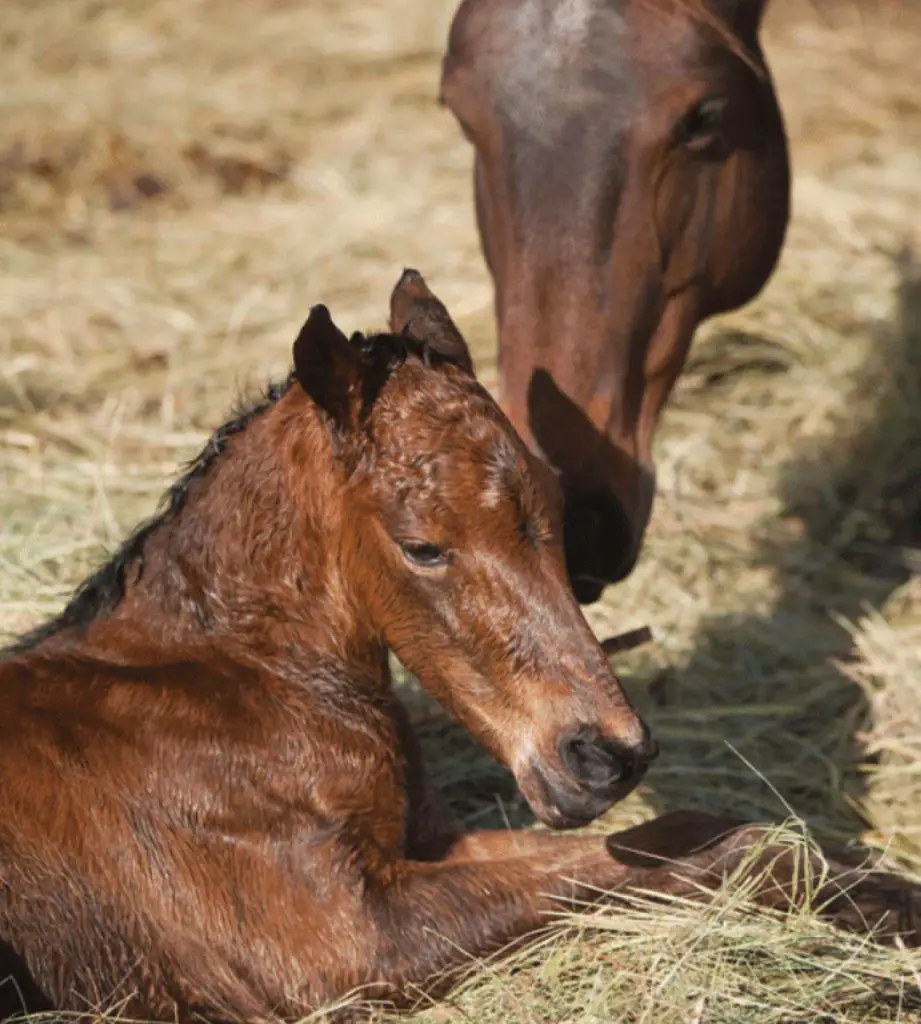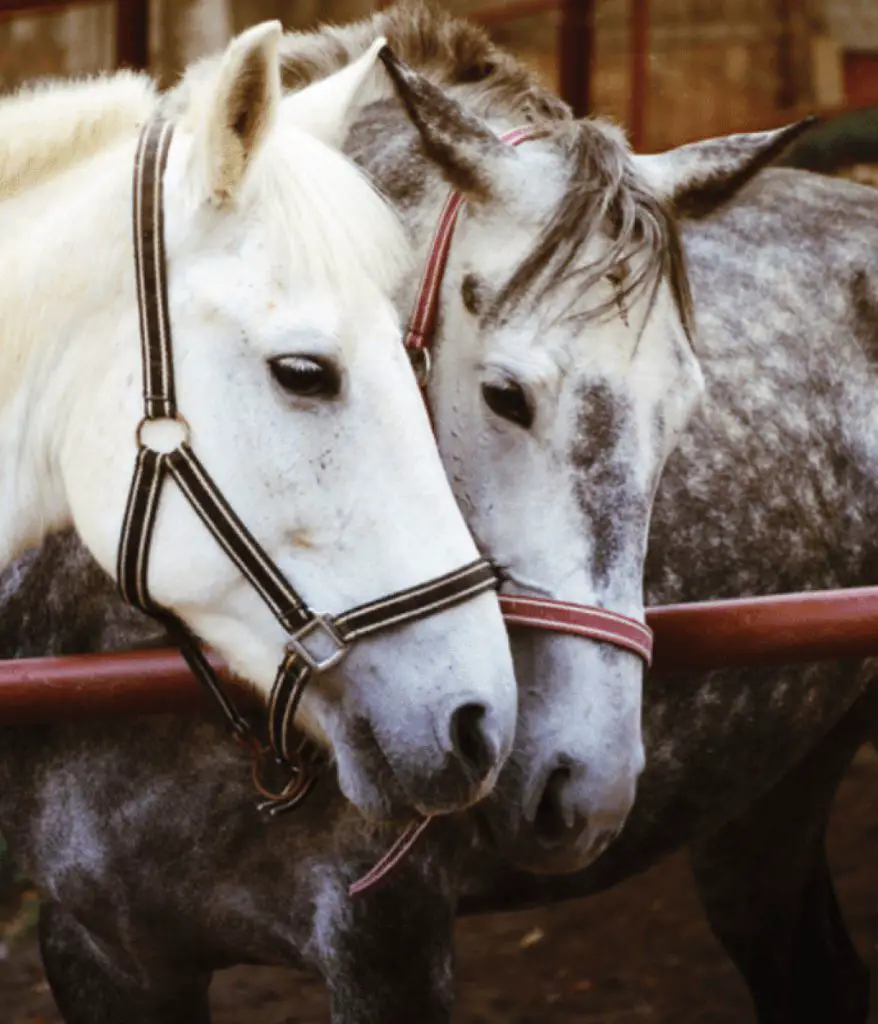
THE WHY, WHAT WHERE, WHEN AND HOW OF BREEDING
My favorite saying is:
“Just because she has a uterus or he has testicles, doesn’t mean you should use them.” When considering whether to breed or not, there are several very important factors to think about.
Breeding is not something to jump into lightly. There are costs involved and it can take time.
WHY
The first important factor is why you want to breed. The idea of a cute foal or your favorite mare becoming a mother is all warm and fuzzy, but you need to be practical!
if you wish to perpetuate a great bloodline, that is justification in itself. However, if you have a mare that has failed to reach your expectations and you don’t know what else to do with her, that is not justification for breeding. Breeding is not something to jump into lightly. There are costs involved and it can take time.
If you are competing with your mare, you need to be prepared to have her out of service for a time. Under normal circumstances, you would cease using the mare for about three months before she foals, and for perhaps four to five months after parturition. This time can be shortened, but you have to expect your mare will be of at least limited use to you for about half a year.

Another important factor is the age of your mare. Like women, mares can be too old to breed – they only have a limited amount of eggs to produce foals and, once they reach their late teens to early
twenties, they stop producing eggs and are infertile.
On the other end of the spectrum, if your mare is too young and hasn’t stopped growing herself, this can lead to foaling and breeding issues. An ideal age to breed is from 4 to 12, but this does not mean you can’t breed older mares – some mares still conceive and carry healthy foals into their mid-twenties!
To delve further into the first question… Are you breeding to keep the foal or to sell it? If you are going to keep the foal, you need to consider they are a lot of work; they require handling and training.
Foals can become very ill-mannered and dangerous quite quickly if you don’t know what you are doing. They are also very prone to hurting themselves,
so having appropriate facilities is imperative when considering having foals.
If you are going to sell your foal, will there be a market for them? For example, can your foal be registered as a particular breed or color?
WHAT
The second question is what are you wanting to breed? Are you wanting to breed to a specific stallion or for a specific discipline, such as Dressage or Campdrafting? Purebred horses are often easier to sell, depending on your discipline or interest.
Even if you are planning on keeping the foal, this needs to be considered as life often changes without us planning it and horses are a lifelong commitment considering they live for 20-30 years! Remember to consider the temperament and genetics of your mare to that of the stallion. The three most important factors to consider are conformation, temperament, and size. If they are closely related and you are in-breeding, this can create genetic malformations, so knowing your mare’s parentage is important.
You also need to consider if either parent has any problems they may pass on, making them unsuitable for breeding. Things like club feet, crooked legs, and parrot mouth, among others can be passed on from parent to foal. Behavioral traits, such as windsucking and weaving, can also be passed from mother to foal, as they learn from a young age.
WHERE
Where will you foal your mare when she is due? You need to consider the housing of mare and foal after birth as well. Most mares need to be separated from other horses for several reasons. Some mares become very protective of their foals and will attack other horses that come near them and, on the other hand, dry mares (mares without foals) and geldings can become aggressive towards foals.
Foals need secure fencing and paddocks as they are not familiar with confinement for several months.
If you are selling the foal, it should not be weaned until at least four months of age, giving its immune system time to mature. Most foals are weaned at six months of age, so housing will need to occur until this time.
Many equine veterinary facilities offer foal-down services. Including us. They monitor your mare during the foaling process and assist if required. They then monitor your foal and make sure they stand and nurse safely within the normal timeframes. They ensure the newborn foal has
received good quality colostrum from Mum and has the healthiest start to life.
If you have never foaled a mare before, this can be a great option, or if your mare has had problems foaling in the past. Some facilities, like ours, allow you to attend also.


WHEN
When to breed is very important to consider. The factors in this decision are… Does your mare compete? If so, at what time of the year does she finish competing? What will the climate be like where the mare lives when the foal is due?
Mares are seasonal breeders and tend to only cycle from August/September to March/April each year. Gestation (pregnancy) lasts for an average of 340 days. Most mares are put in foal between September to January, with most foals being born in August to December.
If your mare is pregnant, you can still safely ride her for the first six months of pregnancy, but bear in mind if she is competing at a high level, this does put a strain on her body while trying to develop a foal inside.
Foals are born with few survival skills! One of the problems with foals is they can’t thermoregulate, meaning they struggle to keep warm or cool depending on the weather. If your mare foals are in the middle of Winter, you need to consider keeping the foal out of the elements for the first few weeks of life until they can adjust their temperature thermostat. The same applies if they are born in the heat of a Queensland Summer. The foal needs
ample shade and protection from the sun. Foals can dehydrate in the blink of an eye!

HOW
There are several ways how to breed your mare and which one you choose depends on several factors. Is your mare a maiden (virgin) mare? What options does the stallion offer? Some stallions will only offer chilled semen or frozen semen and this comes at a greater cost but can have better success rates than live cover.
If the Stallion is located overseas or no longer alive, frozen semen is your only option. The process
of frozen semen insemination is the most time-consuming and costly of all breeding techniques as the semen only lasts for a very short time after defrosting. A timed insemination is required very close to, or just after ovulation of your mare. Timing this requires regular scanning of your mare when she is in season.
Chilled semen allows stallions to breed all over the country without leaving their home. A process is undertaken to collect the stallion package his
semen into a special box, and travel to wherever your mare is located. Your mare is scanned to determine when she is in season and inseminated within a day or two from ovulation. This technique has little risk to your mare of infection or injury from a stallion and has the best success rates of all assisted breeding techniques.
It is amazing experience following a mare from conception, through pregnancy and then seeing a health foal delivered safely at the end.
The last option is the live cover. Your mare travels to the stallion and is either left with the stallion or held while the stallion is also held and brought
to the mare for live cover. The problems with live cover can be (sexually transmitted infections and the risk of injury. Most commonly these include being kicked by the stallion or torn internally by an aggressive or forceful stallion.
If your mare is a maiden, she is at a higher risk of damage as they often don’t stand nicely or quietly and, sometimes need sedation. After breeding has occurred, your mare should be checked to make sure she has ovulated and there is no reaction
or fluid present post-breeding. Your mare is then pregnancy tested at 14 to 16 days post-breeding.
If your mare has problems maintaining pregnancies or is competing and you don’t want her to have time off, sometimes embryo transfer is an option also.
It is an amazing experience following a mare from conception, through pregnancy and then seeing a healthy foal delivered safely at the end, but make sure you are breeding for the right reasons. We see too many foals and horses that end up at the ‘doggers’ pen because they have conformation,
medical or behavioral issues that simply cannot be corrected, even with proper handling and training.
Research the right Stallion for your mare. Do not just the neighbour’s stallion because they’re close and cheap! The neighbor’s stallion may be the right one for your mare, but just remember to look at conformation, size, and behavior above all else.
CONCLUSION
If you are considering putting your mare in foal, you must take time to consider not only your reasons for doing so but also your preparedness for the journey of her pregnancy and raising a well-trained foal with a bright future.
